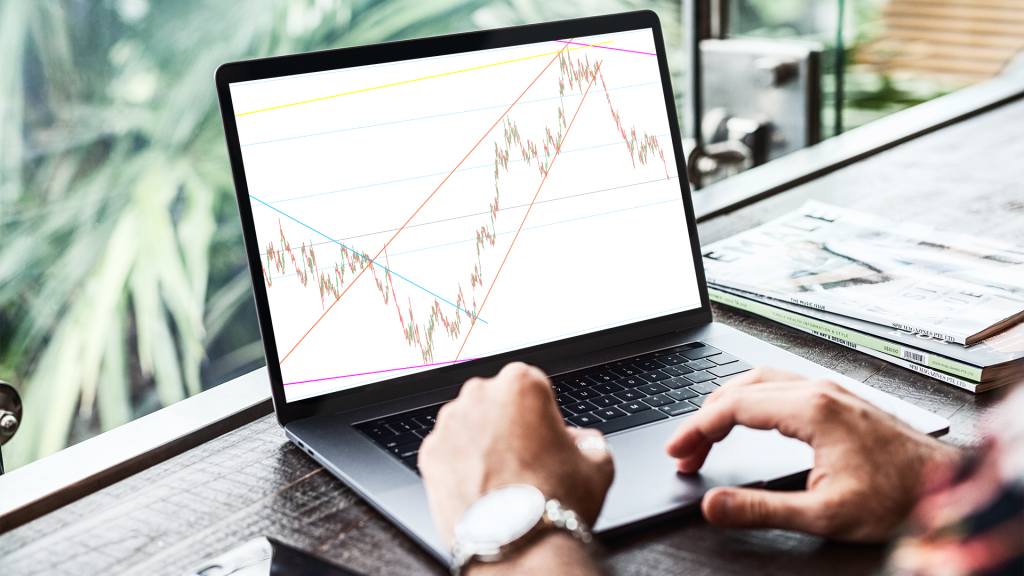Technical Analysis
Technical analysis is the study of past market data in order to help predict future prices. It does this by examining trading volumes and trends, price changes and other events associated with the market. In this blog post, you’ll learn more about technical analysis – including its definition, some of the concepts and who uses it.
What is Technical Analysis?
Technical analysis is the process of using past price data to identify market trends and make future price predictions. The experts in the field believe that prices move in cycles and that these cycles can be identified and used to make trading decisions.
Many different techniques can be used, but some of the most popular include trend line analysis, support and resistance levels, and candlestick charting. Technical analysts will often use a combination of these techniques to make the most accurate predictions possible.
While technical analysis can be used in any time frame, it is most commonly used by day traders or short-term traders who are looking to take advantage of small price movements.

Benefits
Technical analysis is a security analysis discipline for forecasting the direction of prices through the study of past market data, primarily price and volume.
The benefits of technical analysis are numerous, but some of the most notable include:
1. The ability to identify trends: One of the primary goals of technical analysis is to identify whether a security is in an uptrend, downtrend, or sideways trend. This information can be used to make informed decisions about when to buy or sell a security.
2. The ability to forecast future prices: Technical analysts use historical price data and other market indicators to try and predict where prices are headed in the future. While no one can predict the future with 100% accuracy, technical analysis can give investors an edge in making investment decisions.
3. The ability to make better-informed decisions: By taking into account factors such as trends, support and resistance levels, and price patterns, technical analysis can help investors make more informed decisions about when to buy or sell a security. This can lead to improved investment returns over time.
Disadvantages
There are a few disadvantages to be aware of. First, past performance is no guarantee of future results – what worked in the past may not work in the future. Second, technical analysis is based on price and volume data, which can be subject to interpretation. And third, even with the best tools and indicators, success in trading still comes down to human factors like psychology and emotion.
Who uses technical analysis?
Technical analysis is used by a wide variety of market participants for different purposes. Some use it to attempt to identify patterns that may indicate a future market direction, while others use it to generate trading signals or develop trading systems. There are also those who use technical analysis as part of a more comprehensive investment strategy that includes other factors such as fundamental analysis and risk management.
The common thread among all users of technical analysis is the belief that past price data can provide insights into future market behaviour. As a result, technical analysts believe that it is possible to identify patterns in past price data that can be used to predict future market movements.
One of the most important things to remember about technical analysis is that there is no one right way to do it. Different analysts may use different methods and indicators, and there is no guarantee that any particular approach will be successful. Technical analysis is an art as much as it is a science, and each analyst brings his or her unique perspective to the table.

Conclusion
Technical analysis is a powerful tool that can help traders and investors identify opportunities in the market. However, it is important to remember that technical analysis is not an exact science, and there is no guarantee that every signal will result in a profitable trade. Nevertheless, by understanding and correctly applying the concepts of technical analysis, traders and investors can give themselves a better chance of success in the financial markets.
Got a comment on this article? Join the conversation on Facebook, Instagram, Twitter or LinkedIn and share your thoughts.
Facebook
Twitter
LinkedIn

Author
Amândio Luís

Technical Analysis
Learning to invest, Technical Analysis Beatriz Costa 0